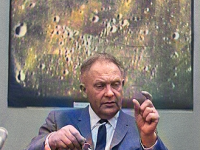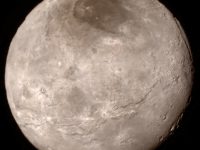Modern Planetary Science with Gerard Kuiper
On December 7, 1905, Dutch-American astronomer Gerard Peter Kuiper was born. Considered by many to be the father of modern planetary science, Kuiper is the eponymous namesake of the Kuiper belt, a region of the Solar System beyond the planets, extending from the orbit of Neptune (at 30 AU) to approximately 50 AU from the Sun. Kuiper also discovered Miranda, a moon of Uranus, and Nereid, a moon of Neptune. “The Kuiper Belt…
Read more




